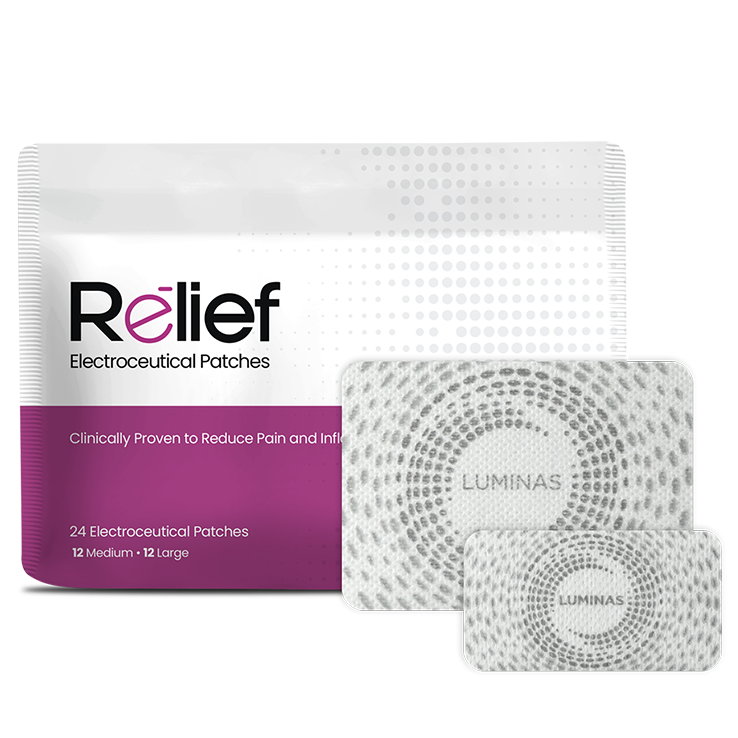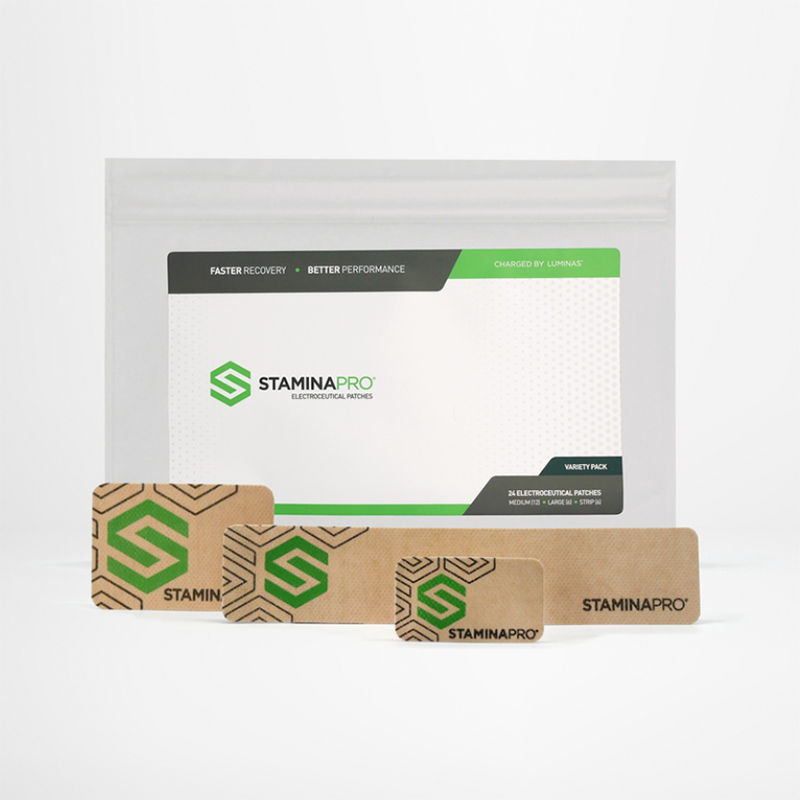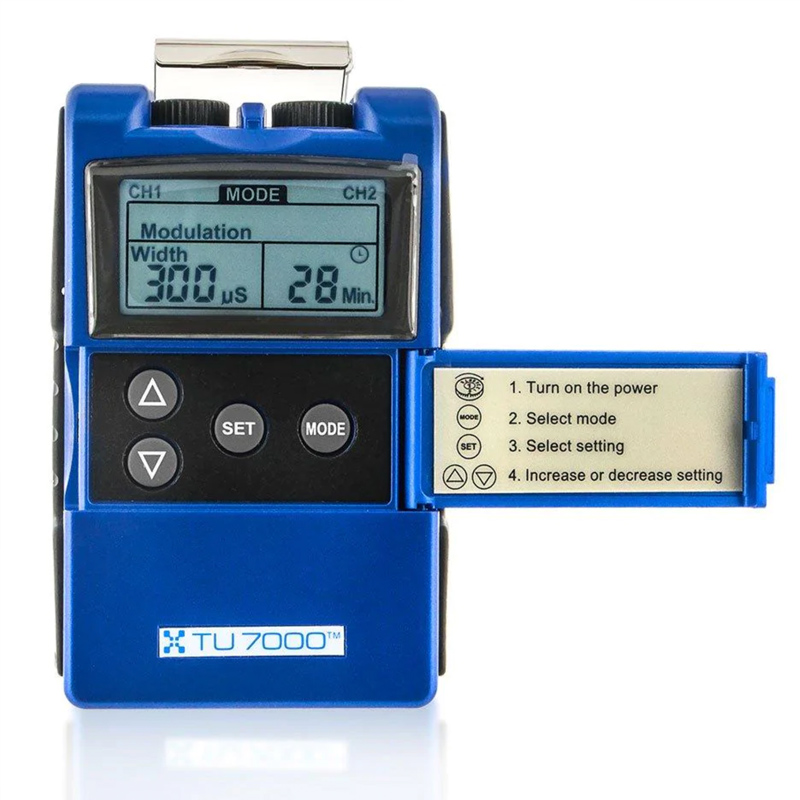Arthritis is most common in aging; joint pain and stiffness are symptoms. These symptoms are caused by swelling and tenderness of one or several joints. The most prominent forms of arthritis are osteoarthritis and rheumatoid arthritis.
Osteoarthritis causes cartilage which is a hard yet slippery tissue, to break down over time. Rheumatoid arthritis is an autoimmune disease that affects the joints. It first attacks the lining of the joints and then the internal organs in severe cases.
The treatments for arthritis always vary, but the essential goal is to relieve individuals from the symptoms and improve their quality of life.
Types of Arthritis
Ankylosing spondylitis
It is a disease that causes inflammation and, in return, causes bones in the spine to fuse. This causes the spine to be less flexible, creating a hunched posture. The hunched posture can cause the ribs to be compressed, making breathing difficult. This disease typically affects men more than women, and signs can be detected in early adulthood. Ankylosing spondylitis is an incurable disease, but there are treatments that can slow down the progression of ankylosing spondylitis.
Osteoarthritis
It is a frequent form of arthritis that occurs when the cartilage between the bones deteriorates over time. This form of arthritis more commonly attacks the joints causing pain in your hands, knees, hips, and spine. Osteoarthritis can be managed by constant exercise, maintaining a healthy weight, and treatments that slow the progression of the disease. Overall, this disease can be managed, but joint damage can’t be reversed.
Gout
This is another common form of arthritis that is very complex and can affect anyone. The symptoms are sudden, severe attacks of pain, tenderness, redness, and swelling, and often happen in joints. Most often, gout appears in the big toe. An attack of gout gives a sensation of heat through the big toe. Sometimes the swelling and tenderness are so intolerable that even the slightest touch can be unbearable. Gout symptoms are sporadic, but there are several ways to manage the flare-ups.
Thumb arthritis
This form of arthritis is a degenerative disease that is caused by wearing away the cartilage of the bones, known as the carpometacarpal (CMC) joint. The symptoms of thumb arthritis are decreased strength of motion causing mediocre tasks to be much more difficult. For example, turning a doorknob can be an impossible task. Treatment for this condition involves medication, surgery, and splints.
Juvenile idiopathic arthritis
This form of arthritis is most common in children under the age of 16. Idiopathic arthritis is caused by continuous nagging joint pain, swelling, and stiffness. In some cases, children can experience these symptoms for a few months or for many years. Sometimes juvenile idiopathic arthritis can cause major complications such as stunted growth, joint damage, and eye inflammation. Treatment is centered around pain and inflammation, preventative care, and improving function.
Psoriatic arthritis
Psoriatic arthritis is a compounded effect of arthritis with psoriasis. Psoriasis is a skin disease that causes individuals to develop red patches of skin topped with white scales. Prior to being diagnosed with psoriatic arthritis, individuals first develop psoriasis. The main symptoms of this disease are joint pain, stiffness, and swelling. These symptoms can take hold of any part of the body and can range from mild to severe. In both psoriasis and psoriatic arthritis, flare-ups can occur and subside for periods of time.
Rheumatoid arthritis
Rheumatoid arthritis is a chronic disorder that can cause more than just inflammation in your joints. This condition can cause damage to the eyes, lungs, blood vessels, heart, and skin. This is an autoimmune disorder that mistakenly attacks the body’s tissues. This disorder attacks the lining of your joints, causing swelling, which leads to bone erosion and deformity in the joints. The inflammation linked to rheumatoid arthritis can damage other parts of the body. New medications have improved treatment options, but severe forms of this arthritis can lead to physical disabilities.
Septic arthritis
Septic arthritis occurs in the joint by germs that travel through the bloodstream into another part of the body. It is a painful infection caused by an animal bite or trauma that delivers germs directly to the joint. Older adults, individuals with artificial joints, and infants are more likely to develop this infection. The infection rapidly and severely damages the cartilage and bone in the joint. It is important for treatment to happen immediately. Treatment involves draining the joint with a needle or through surgery, and afterward, antibiotics are prescribed for continuous care.
Reactive arthritis
Reactive arthritis is a form of joint pain triggered by an infection in the intestines, urinary tract, or genitals. This condition attacks the knees, ankles, and feet. The inflammation can also target the eyes, skin, and the urethra (a tube that carries urine out of the body). Reactive arthritis is uncommon, and most symptoms come and go, eventually disappearing after a year.
Symptoms
The most indicative signs and symptoms of arthritis are pain or inflammation in the joints. The symptoms include:
- Redness
- Swelling
- Decreased range of motion
- Pain
- Stiffness
Causes
Family history
Some types of arthritis exist in the familial unit, and this can be a huge indicator that other individuals in the family will be affected.
Sex
Women are more likely than men to develop rheumatoid arthritis. Men are more likely to have gout and other types of arthritis. Gender plays a role in what form of arthritis can develop.
Obesity
Carrying excessive weight puts extra pressure on joints (knees, spine, and hips). People with obesity are at high risk for developing arthritis.
Age
The risk of arthritis is higher with older age. Osteoarthritis, rheumatoid arthritis, and gout are more common forms of arthritis in older individuals.
Previous joint injury
People who have injured a joint in past sports or physical activity are more likely to develop arthritis in that joint.



